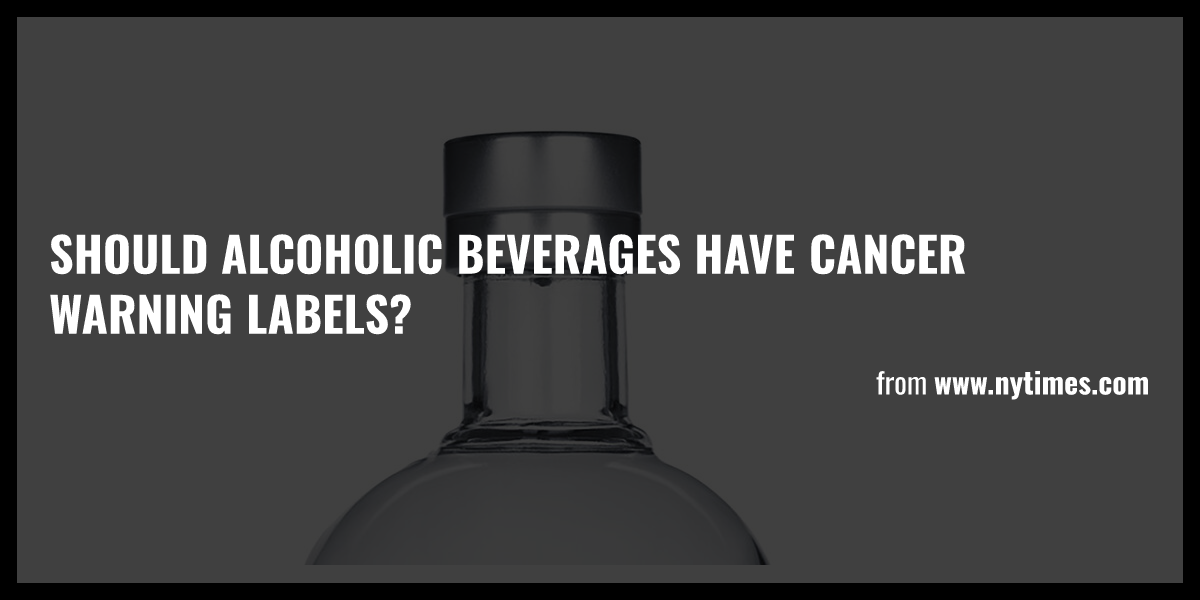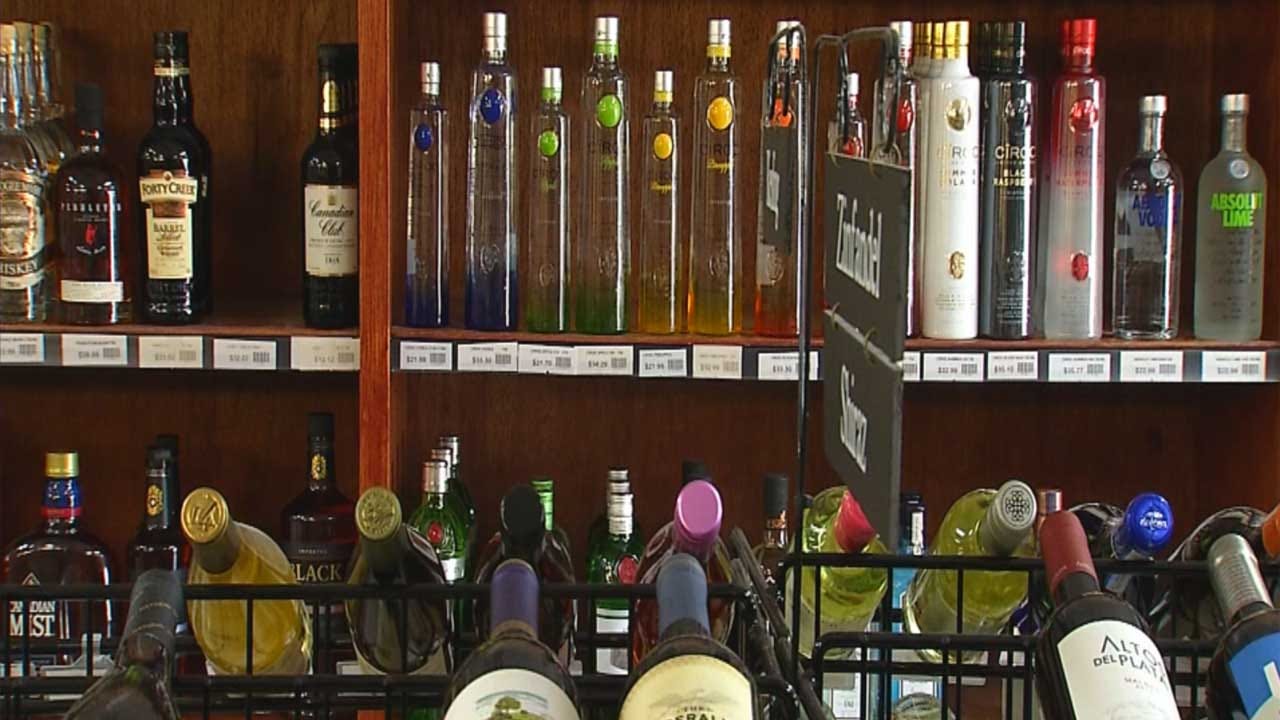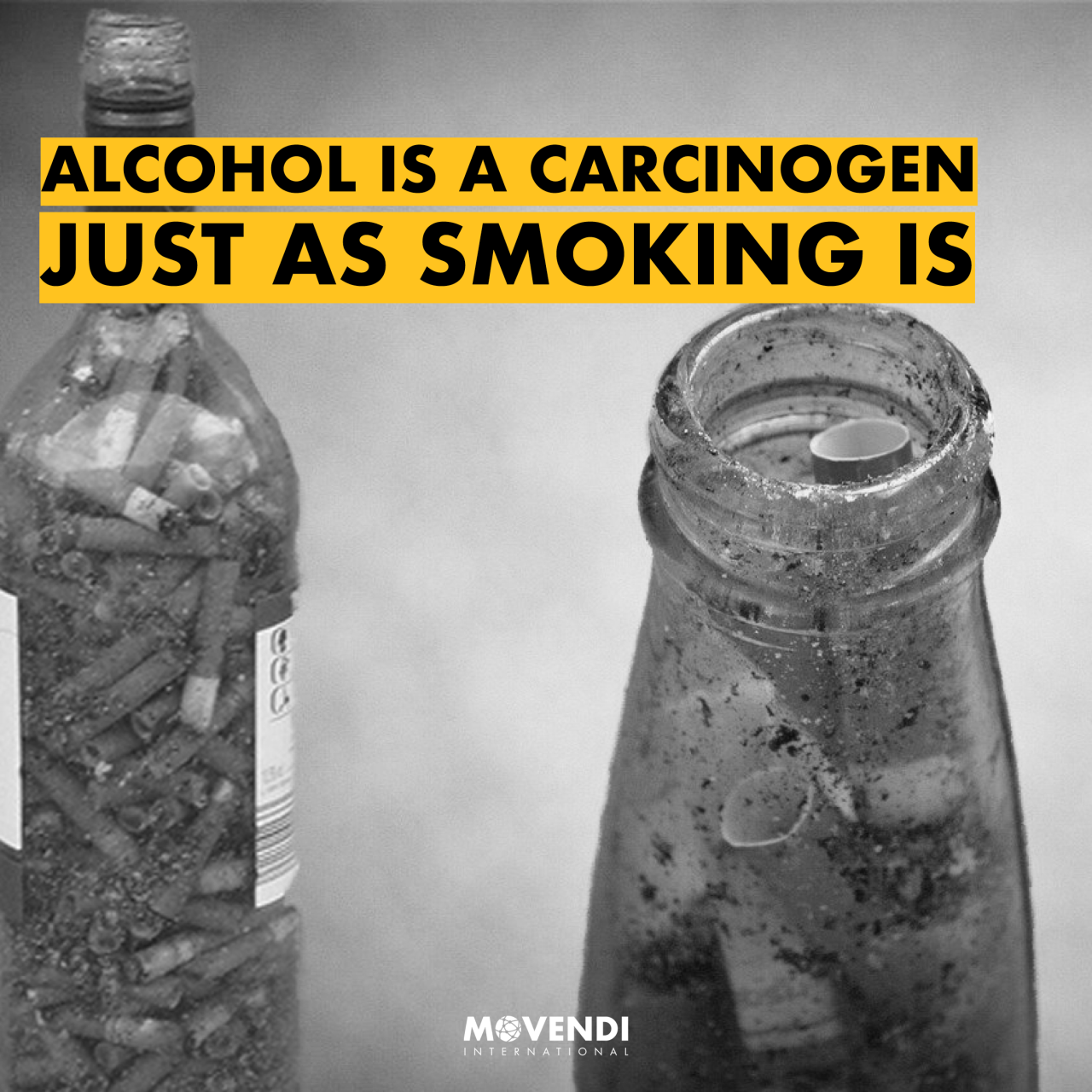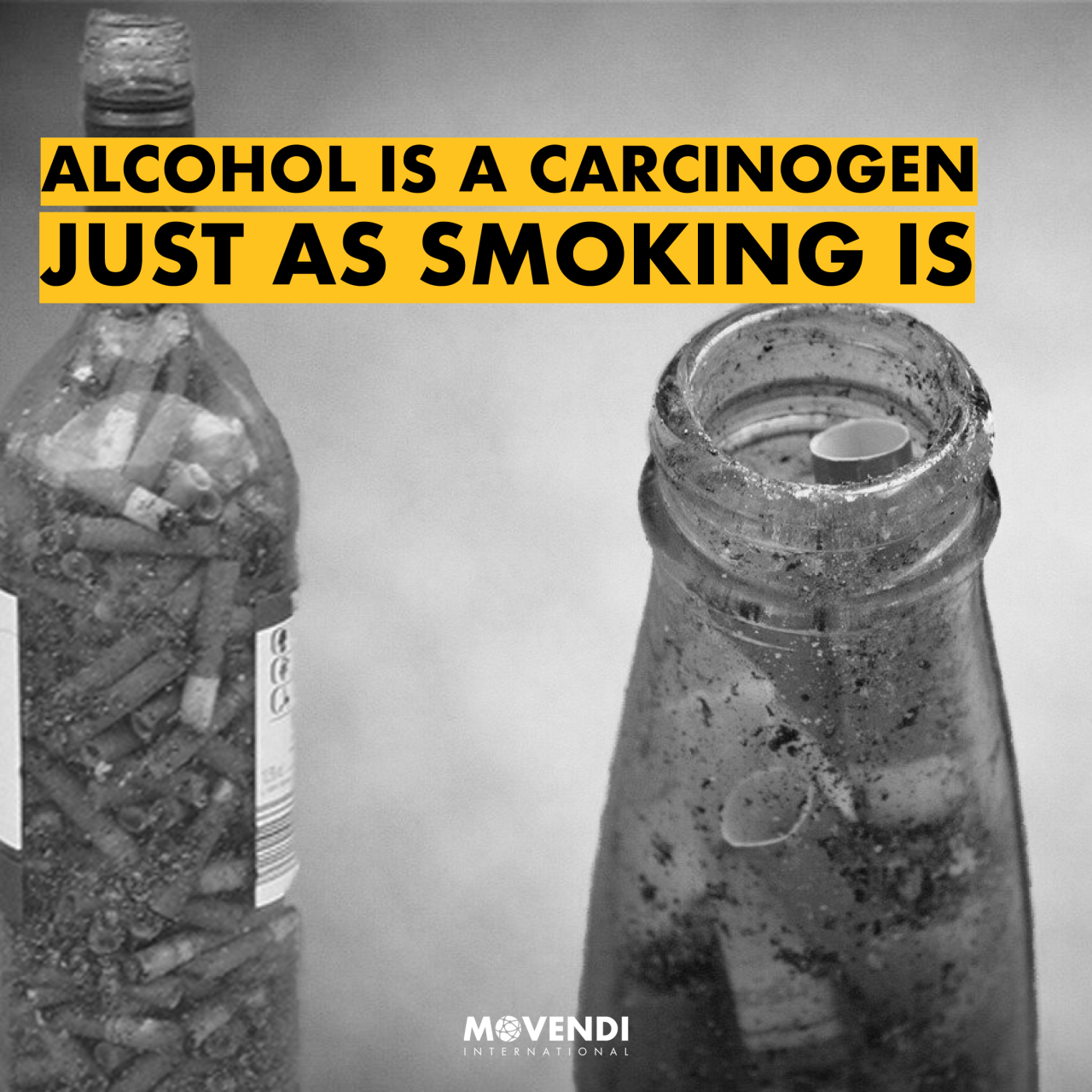Putting a cancer warning on alcohol is overdue, doctors say, and the debate is heating up. For years, the link between alcohol consumption and various cancers has been scientifically established, yet clear warnings on bottles remain absent. This oversight raises critical questions about public health, ethical responsibilities, and the influence of the alcohol industry. This article explores the compelling evidence, the potential impact of warning labels, and the ongoing discussion surrounding this crucial issue.
We’ll delve into the scientific research demonstrating the correlation between alcohol and cancer, examining different types of alcoholic beverages and their associated risks. We’ll also analyze the public health implications, exploring potential strategies for reducing alcohol-related harm, and weighing the ethical considerations and public opinion regarding mandatory warning labels. Finally, we’ll look at the economic and social impacts of implementing such labels, and consider international perspectives on alcohol regulations.
The Scientific Evidence Linking Alcohol Consumption and Cancer
Extensive research demonstrates a clear link between alcohol consumption and an increased risk of several types of cancer. This section will delve into the epidemiological studies supporting this correlation, explore the biological mechanisms involved, and compare cancer risks across different alcoholic beverages and consumption levels.
Epidemiological Studies and Cancer Types
Numerous large-scale epidemiological studies, involving thousands of participants followed over many years, consistently show a positive correlation between alcohol intake and various cancers. For example, the Million Women Study in the UK found a strong association between alcohol consumption and breast cancer risk. Similarly, studies conducted globally have linked alcohol to increased risks of colorectal, liver, and esophageal cancers.
The risk generally increases with the amount of alcohol consumed.
Mechanisms of Alcohol-Induced Carcinogenesis
Alcohol’s carcinogenic effects are multifaceted. Acetaldehyde, a toxic byproduct of alcohol metabolism, is a known carcinogen that damages DNA. Alcohol also disrupts the body’s ability to repair DNA damage, leading to the accumulation of mutations that can initiate cancer. Furthermore, alcohol can increase inflammation and oxidative stress, creating an environment conducive to tumor development. Chronic alcohol use can also lead to nutritional deficiencies, further impairing the body’s ability to fight off cancerous cells.
Cancer Risks Across Beverages and Consumption Levels
The type of alcoholic beverage and the quantity consumed significantly influence cancer risk. Studies suggest that spirits may pose a higher risk than wine or beer, potentially due to higher alcohol concentration and other factors. Even moderate alcohol consumption is associated with increased cancer risk, although the risk increases substantially with higher levels of consumption. A standard drink is generally defined as 14 grams of pure alcohol, and the risks associated with exceeding recommended limits are well-documented.
Summary of Key Findings from Major Studies
| Cancer Type | Relative Risk (per standard drink/day) | Study Population Size (approx.) | Study Reference (example – replace with actual citations) |
|---|---|---|---|
| Breast Cancer | 1.05-1.15 (varies by study) | 1 million+ (Million Women Study) | Example Citation 1 |
| Colorectal Cancer | 1.08-1.12 (varies by study) | 100,000+ (various cohort studies) | Example Citation 2 |
| Liver Cancer | 1.20+ (significantly higher with heavy drinking) | 50,000+ (various cohort studies) | Example Citation 3 |
| Esophageal Cancer | 1.15+ (significantly higher with heavy drinking) | 50,000+ (various cohort studies) | Example Citation 4 |
Doctors are pushing for cancer warnings on alcohol – it’s about time, right? Think about how we could use technology to spread this vital message effectively. Maybe we could create impactful public service announcements using AI voice generators; check out this guide on comparing different AI voice generator software options to see what’s available. The right voice could really make these warnings hit home and encourage people to make healthier choices.
Getting the word out about alcohol’s cancer risk is crucial.
Public Health Implications of Alcohol Consumption and Cancer Risk
Addressing the public health burden of alcohol-related cancers requires a multi-pronged approach. This section will examine current strategies, explore successful models from other health campaigns, and discuss potential barriers and benefits of specific interventions like warning labels.
Current Public Health Strategies and Successful Campaigns

Current public health strategies include alcohol taxation, restrictions on advertising and sales, and public awareness campaigns. The success of anti-smoking campaigns, which employed graphic warnings and comprehensive public education, offers valuable lessons for reducing alcohol consumption. Adapting these strategies to target alcohol-related harm, such as using similar graphic warning labels, could prove effective.
Barriers to Implementing Effective Alcohol Control Policies
Implementing effective alcohol control policies faces significant challenges. Powerful lobbying by the alcohol industry, public resistance to perceived restrictions on personal freedoms, and the complexity of addressing alcohol’s social and cultural roles all pose obstacles. Furthermore, consistent and well-funded public health initiatives are essential for long-term success.
Doctors are pushing for cancer warnings on alcohol, arguing it’s long overdue. This comes as no surprise given the growing body of evidence linking alcohol consumption to various cancers, as highlighted in the recent U.S. Surgeon General Issues New Advisory on Link Between alcohol and health problems. Clearly, stronger public health measures, like prominent cancer warnings, are needed to inform consumers and reduce the risk.
Potential Benefits and Drawbacks of Cancer Warning Labels
- Benefits: Increased public awareness of the link between alcohol and cancer, potential reduction in alcohol consumption, especially among vulnerable populations.
- Drawbacks: Potential for industry pushback, concerns about label effectiveness, potential for unintended consequences such as increased illicit alcohol consumption.
Ethical Considerations and Public Opinion Regarding Warning Labels

The debate surrounding mandatory cancer warning labels on alcoholic beverages raises important ethical and societal questions. This section will analyze arguments for and against these labels, examine the effectiveness of different label designs, and consider the role of government regulation.
Arguments For and Against Mandatory Warning Labels
Proponents argue that warning labels are a crucial public health measure, akin to those used on tobacco products, to inform consumers about the risks and empower them to make informed choices. Opponents raise concerns about government overreach, potential for stigmatization, and the potential ineffectiveness of such labels in altering behavior. They also argue that personal responsibility should be paramount.
Effectiveness of Different Warning Label Designs
Research on health warnings suggests that graphic warnings, combining text with impactful imagery, are generally more effective than text-only warnings in raising awareness and influencing behavior. The design elements—color, font, imagery—should be carefully considered to maximize impact and avoid being perceived as overly sensational or alarmist. However, the optimal design may vary across different cultures and populations.
Freedom of Speech and Government Regulation
The debate often involves discussions about freedom of speech and the extent to which governments can regulate commercial products to protect public health. Balancing individual liberties with the collective need to mitigate preventable harm is a complex ethical challenge. Court cases involving similar regulations on tobacco products provide precedents that inform this discussion.
Comparing Public Health Impact of Warning Labels
| Product | Warning Label Type | Estimated Impact on Consumption (example data – replace with actual data) | Public Perception (example data – replace with actual data) |
|---|---|---|---|
| Tobacco | Graphic Warnings | Significant reduction in smoking rates | Generally accepted as effective, though some controversy remains |
| Alcohol (hypothetical) | Text-Only Warning | Minimal impact on consumption | Considered insufficient by many public health experts |
| Alcohol (hypothetical) | Graphic Warning | Moderate reduction in consumption, particularly in vulnerable groups | More impactful, but may face stronger industry opposition |
Economic and Social Impacts of Implementing Warning Labels: Putting A Cancer Warning On Alcohol Is Overdue, Doctors Say
Introducing cancer warning labels on alcohol will have economic and social consequences. This section will analyze the potential costs and benefits, examining the effects on the alcohol industry, related businesses, and overall societal patterns.
Economic Costs and Benefits
While there may be initial costs associated with label design, printing, and implementation, potential long-term benefits include reduced healthcare costs associated with alcohol-related cancers and other health problems. The economic impact on the alcohol industry is a key consideration; some argue it could lead to reduced sales, while others believe that informed consumers may shift towards lower-risk options.
Impact on the Alcohol Industry and Related Businesses
The alcohol industry’s response to warning labels is crucial. They might lobby against regulations, potentially leading to legal challenges. However, some companies might proactively adopt responsible marketing strategies to mitigate potential negative impacts. Businesses related to the alcohol industry, such as bars and restaurants, could also experience indirect effects.
Social Consequences and Changes in Consumption Patterns
Warning labels could influence public perception of alcohol, potentially leading to decreased consumption, particularly among those sensitive to health risks. However, there’s also a risk of unintended consequences, such as increased consumption of illicit alcohol or a shift towards binge drinking patterns.
Potential Unintended Consequences
- Increased consumption of illicit alcohol.
- Shift towards binge drinking patterns.
- Negative impact on the hospitality industry.
- Increased black market activity.
International Perspectives on Alcohol Warning Labels and Regulations
Many countries have already implemented various alcohol control measures, including warning labels. Examining international examples provides valuable insights into the effectiveness of different approaches and informs policy development.
Examples of International Alcohol Control Measures
Countries like Canada and Australia have implemented graphic health warnings on alcohol products. Other nations have adopted stricter regulations on alcohol advertising, pricing, and availability. The effectiveness of these measures varies depending on factors such as cultural context, enforcement mechanisms, and the specific design of the interventions.
Comparison of Regulatory Approaches
A comparative analysis of alcohol control policies across different countries reveals diverse approaches. Some countries favor a more permissive regulatory environment, while others adopt stricter measures. The effectiveness of each approach depends on a multitude of factors, including the specific regulatory framework, cultural context, and enforcement mechanisms.
Doctors are pushing for overdue cancer warnings on alcohol, highlighting the serious health risks. It’s a similar situation to the differing responses to the HMPV outbreak, as you can see in this article: China Calls HMPV Outbreak ‘Winter Occurrence’, India Says ‘Don’t. The lack of consistent action, whether it’s on viral outbreaks or alcohol-related cancers, underscores the need for clearer, more urgent public health messaging.
International Organizations and Agreements

International organizations like the World Health Organization (WHO) play a vital role in coordinating global efforts to reduce alcohol-related harm. They provide guidelines, support research, and promote evidence-based policies. International agreements and treaties can also play a role in harmonizing alcohol control measures across borders.
Impact of Different Alcohol Warning Label Designs, Putting a cancer warning on alcohol is overdue, doctors say
A warning label featuring stark black text on a white background, using a bold, sans-serif font, and employing straightforward language like “Alcohol causes cancer” might have a different impact than a label with a vibrant red background, a stylized image of a diseased liver, and a more emotionally charged message. The former might be seen as clinical and less attention-grabbing, while the latter could be more impactful but potentially perceived as alarmist or overly aggressive.
Ultimate Conclusion
The overwhelming scientific evidence linking alcohol consumption to cancer necessitates a serious reassessment of current public health strategies. While the implementation of cancer warnings on alcohol products faces hurdles, the potential benefits in terms of informed consumer choices and reduced cancer incidence are significant. The ongoing debate highlights the complex interplay between public health, individual liberties, and economic interests.
Ultimately, prioritizing public health requires a proactive approach, and clear, impactful warnings on alcohol bottles could be a crucial step towards reducing the devastating consequences of alcohol-related cancers.
Helpful Answers
What types of cancer are linked to alcohol consumption?
Several cancers are linked, including breast, liver, colorectal, and esophageal cancers.
How much alcohol is considered “safe”?
There’s no universally agreed-upon “safe” amount. Reducing or eliminating alcohol consumption is the safest approach.
Are graphic warning labels more effective than text-only labels?
Studies suggest graphic warnings can be more impactful, but effectiveness varies depending on design and cultural context.
What are the potential economic impacts on the alcohol industry?
Potential impacts include decreased sales, increased production costs for new labels, and potential for legal challenges.
